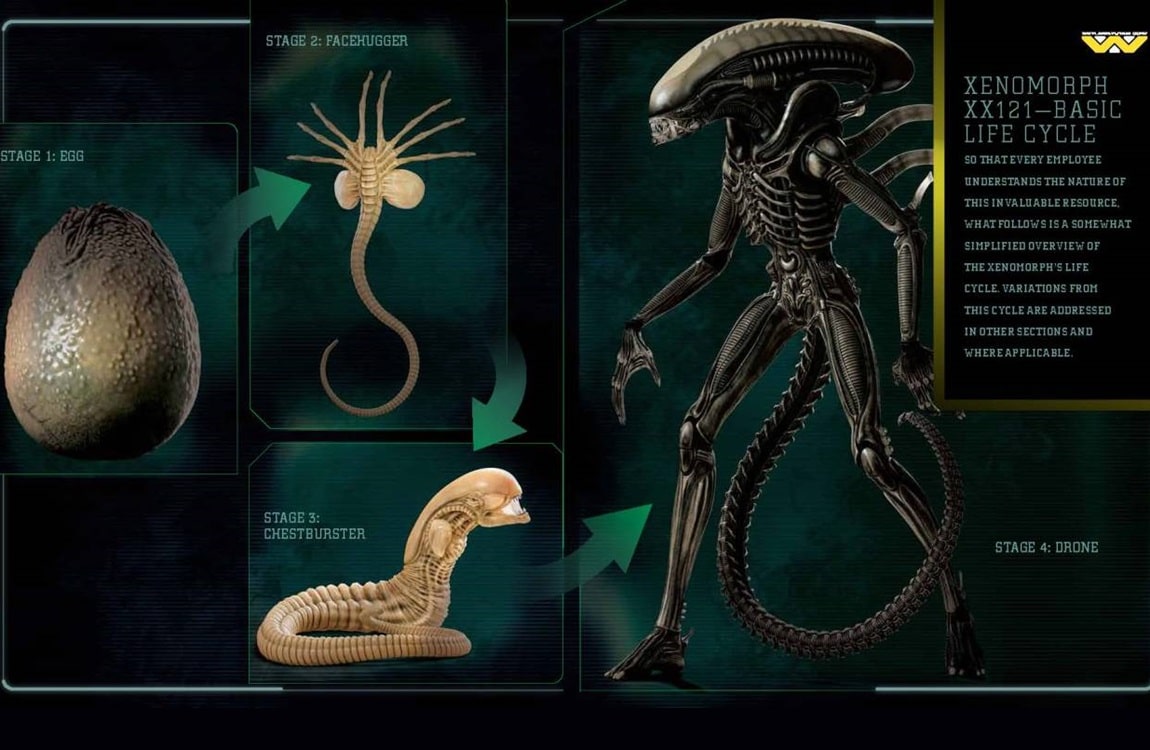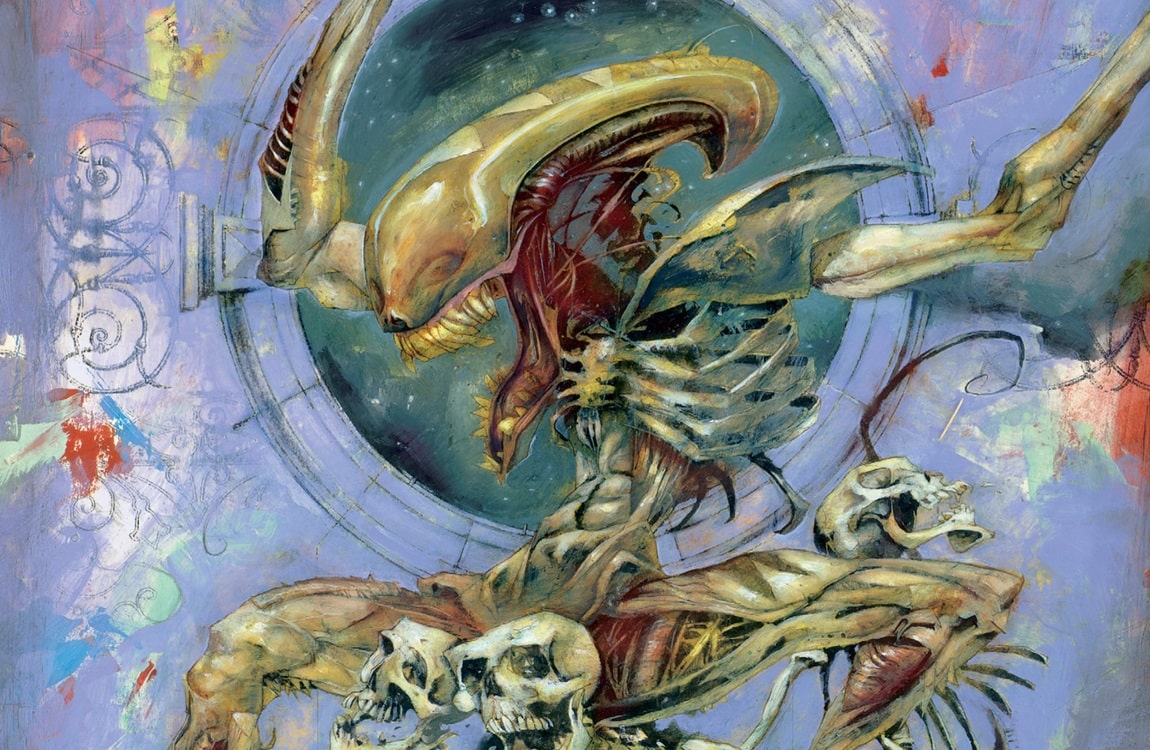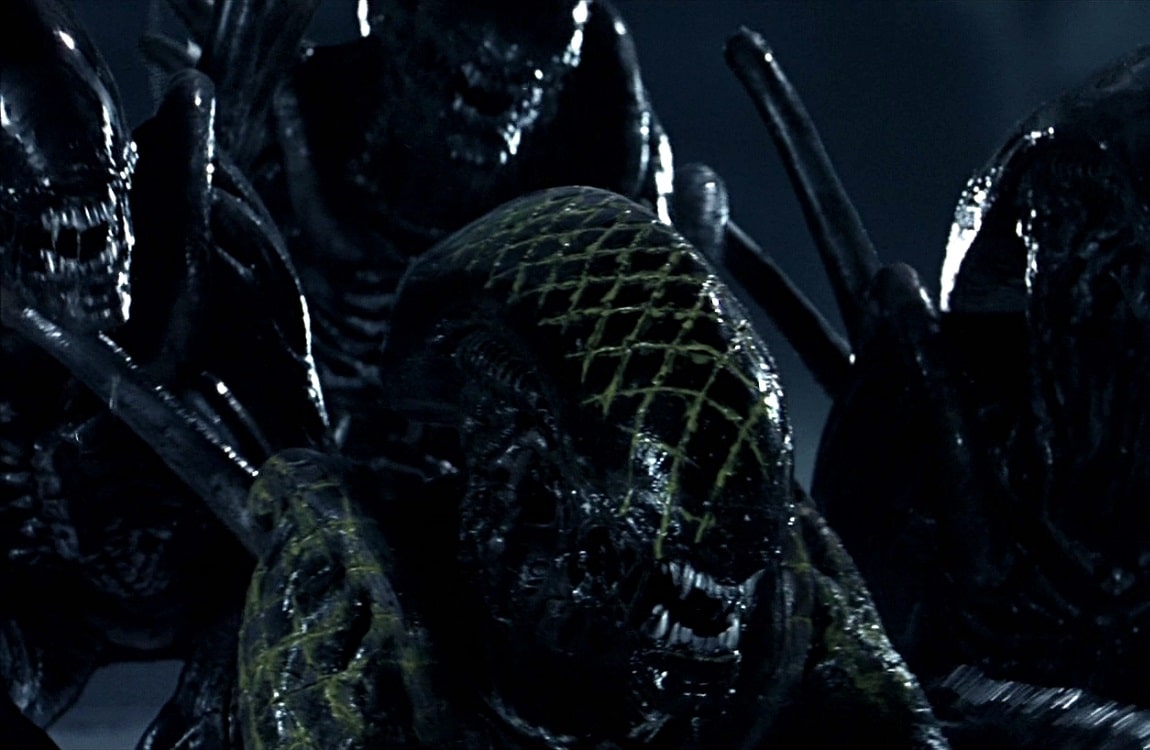The Meaning of Xenomorph: Alien Species Names Explained
The Alien franchise, spanning decades and capturing the imaginations of countless fans, has introduced us to one of the most iconic creatures in science fiction and horror - the Xenomorph. Over the years, this creature has been known by various names, including scientific ones, each adding layers to its mystique and terror. This article delves into the significance and origins of these names, shedding light on how they contribute to the lore of this legendary extraterrestrial organism.
Xenomorph

The term "Xenomorph," a blend of Greek words meaning "strange form," is widely recognized yet often misunderstood. Initially used in the film "Aliens" by Lieutenant Gorman, it refers broadly to any extraterrestrial life with an unfamiliar form. Contrary to popular belief, it wasn't intended to name a specific creature but rather to describe unknown alien entities in general. This usage underscores the Alien's role as the archetypal unknown, a form so alien and terrifying that it defies conventional understanding.

Xenomorph XX121

The "Xenomorph XX121" designation, as mentioned in The Weyland-Yutani Report, is more specific. It identifies the creature encountered by the Nostromo crew, suggesting a cataloging system for extraterrestrial lifeforms where "XX121" might just be one of many. This designation adds a layer of scientific realism to the franchise, implying a systematic study and classification of these creatures by future humans. Later on, the term Xenomorph XX121 has been picked up by several Expanded Universe works.
Linguafoeda Acheronsis

"Linguafoeda acheronsis," translating to "foul tongue from Acheron," is a fictional scientific name for the Alien species, created by writer Mark Schultz. Appearing first in the comic series "Aliens: Havoc," it reflects the creature's grotesque appearance and origins from the moon Acheron. Schultz's background in biochemistry and his research into the psychoactive substances derived from the Alien's Royal Jelly significantly influenced this naming, contributing to the deep lore surrounding the creature's biology and behavior.

Internecivus Raptus

Another fictional scientific name, "Internecivus raptus" (meaning "murderous thief"), appeared in the Alien Quadrilogy DVD visual menu. Though it sounds scientifically legitimate, it doesn't adhere to the conventions of binomial nomenclature. Like "Linguafoeda acheronsis," this name is more a creative flourish than a scientifically accurate classification. It evokes the creature's stealthy, lethal nature, akin to a thief lurking in the shadows. The term Internecivus Raptus was later used for the name of a Sideshow Collectibles Alien statue but has not met widespread adoption.
Plagiarus Praepotens

While discussing the nomenclature of the Alien universe, it is important to mention "Plagiarus praepotens," a term not referring to the Xenomorph species but to a critical component in their life cycle. This highly mutagenic substance, introduced by a Facehugger into potential hosts, is essential for creating a Chestburster. Translated as "powerful mimic," it rapidly modifies genetic material and accumulates biomass, enabling the transition from a single-celled organism to a fully developed adult in mere hours. Alex White, the author of Alien: Cold Forge, ties this substance to the larger Alien narrative, suggesting its origins in Chemical A0-3959X.91 – 15 (the Black Goo) and its manipulation by the android David, further enriching the franchise's complex lore.
Xenomorph Nicknames

The Alien species has accumulated various nicknames over time. "Grid Alien" for instance, refers to the main Xenomorph in "Alien vs. Predator," named after a grid-like wound it received. Other informal names like "Dragon" and "Beast" from Alien 3 echo the creature's monstrous and mythical qualities. These nicknames, often derived from specific incidents or characteristics observed in the films, add to the folklore surrounding these creatures and highlight their diverse and terrifying aspects.
Conclusion
The nomenclature surrounding the Xenomorph species in the Alien franchise is a fascinating blend of science, fiction, and artistic creativity. Names like "Xenomorph XX121," "Linguafoeda acheronsis," and "Internecivus raptus" enhance the enigmatic and menacing aura of these creatures. While they may not be scientifically accurate, they are rich in symbolic meaning, reflecting humanity's fear and fascination with the unknown and the otherworldly.










